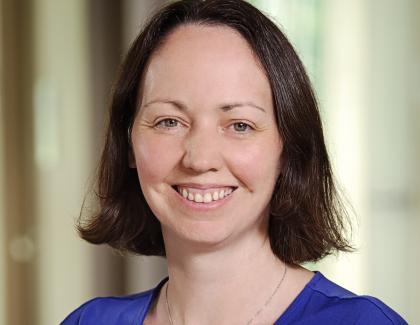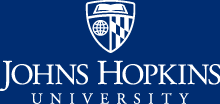Dept. of Chemical and Biomolecular Engineering Seminar Series: Celeste M. Nelson

Description
Celeste M. Nelson, a professor of chemical and biological engineering at Princeton University, will give a talk titled "Evolution's Lessons for Engineering Tissues" as part of the Department of Chemical and Biomolecular Engineering Seminar Series.
Nelson's contributions to the fields of tissue mechanics and morphogenesis have been recognized by a number of awards, including most recently a Mid-Career Award from the Biomedical Engineering Society (2019).
This is a hybrid event; to attend virtually, please use Zoom Meeting ID: 919 5918 2879 / Passcode: 270887.
Abstract:
"Our real teacher has been and still is the embryo, who is, incidentally, the only teacher who is always right." – Viktor Hamburger
Evolution has generated an enormous diversity of biological form. Given this diversity, it is highly likely that every tissue structure that one can imagine has been built by the embryo of one species or another. We are interested in uncovering the physical (mechanical) mechanisms by which epithelial sheets fold themselves into branching tubes in the embryo and using those mechanisms to engineer tissues in culture. Over the past half century, developmental biologists have identified several biochemical signaling pathways and genetic control mechanisms necessary for tissue morphogenesis. In parallel, biological systems must obey Newton's laws of motion, and physical forces need to be generated in order to sculpt simple populations of cells into complex tissue forms. Inspired by the evolutionary diversity of embryonic forms, we have created microfabrication- and lithographic tissue engineering-based approaches to investigate the mechanical forces and downstream signaling pathways that are responsible for generating the airways of the lung. I will discuss how we combine these experimental techniques with computational models to uncover the physical forces that drive morphogenesis. I will also describe efforts to uncover and actuate the different physical mechanisms used to build the airways in lungs from birds, mammals, and reptiles.
Who can attend?
- General public
- Faculty
- Staff
- Students







